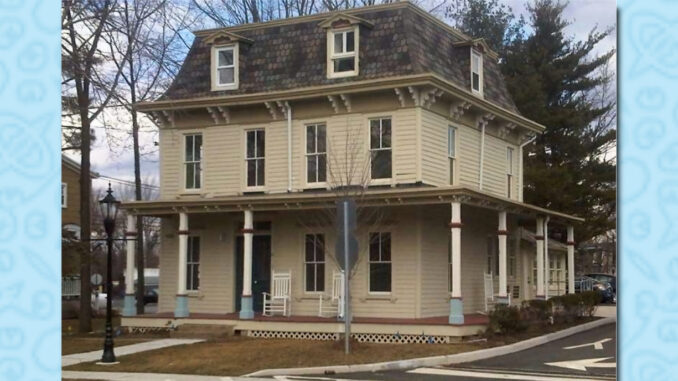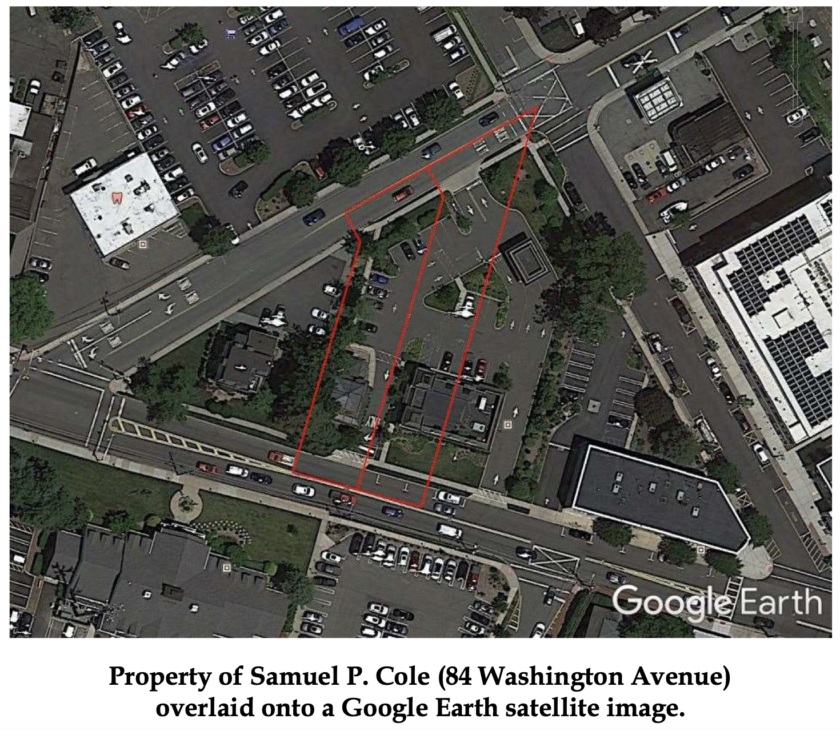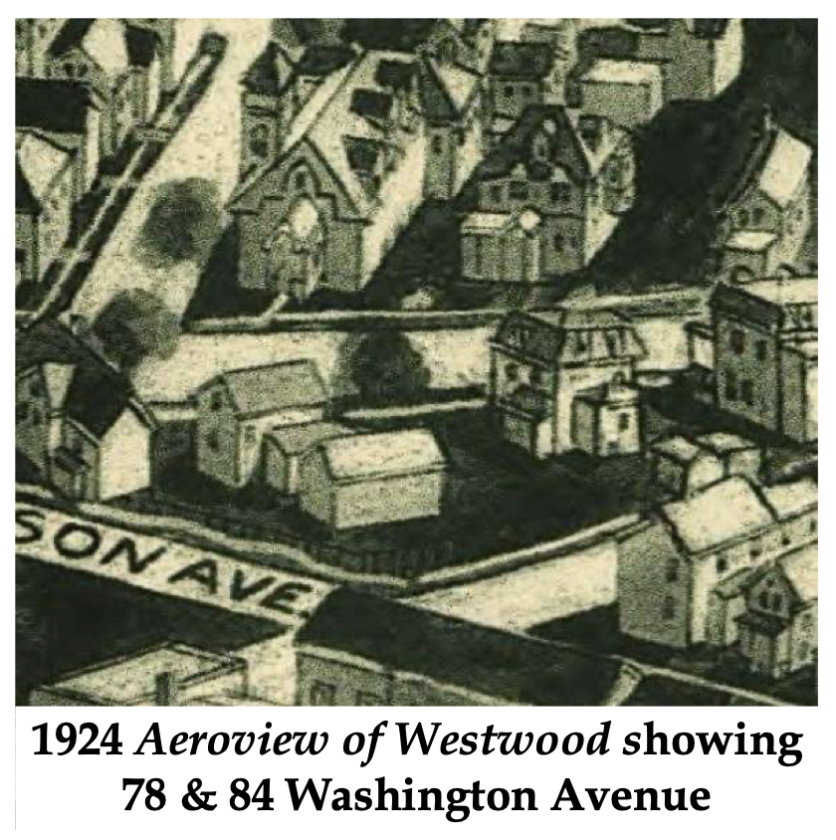
WESTWOOD—Thousands of motorists pass by the stately Samuel P. Cole House near the corner of Irvington Street and Washington Avenue every day. The house, a prime example of Second Empire architecture, serves as a reminder of a bygone era, with front-porch rocking chairs that seem to invite passersby to rest a spell. But few know its rich history—something the borough hopes to change soon.
On Oct. 15, the Borough Council, at the Municipal Center just across the street, unanimously approved an ordinance declaring 84 Washington Ave. a historic site, joining five other properties in the Jefferson Avenue Historic District.
Councilwoman Lauren Letizia, the council’s liaison to the Historic Preservation Commission (HPC), said, “The Samuel P. Cole House has been under consideration since at least 2020,” when historian Tim Adriance submitted a report recommending its designation.
She explained that the Covid pandemic “slowed the momentum” for the process, but the HPC decided to revisit the property earlier this year.
“The goal of designation is straightforward: preserve the built heritage of our community,” Letizia said. “As Tim’s report spells out, the criteria for local designation follow the same guidelines used for nominating a property to the New Jersey or National Registers of Historic Places.”
Adriance’s 2020 report, posted on the borough’s website, details the significance of the home and its owners. The 46-page report highlights the house’s role in Westwood’s history and its architectural importance.
“On the western edge of downtown stands one of the most recognizable 19th-century structures—the historic Samuel P. Cole House. This house is a link to Westwood’s early development, from a simple crossroads to the ‘Hub of the Pascack Valley.’ Remarkably, the house retains much of its original look and architectural details from the time it was built,” Adriance wrote.

The house, now owned by Visions Federal Credit Union, represents the Second Empire style of architecture, a popular design in the two decades following the American Civil War. Adriance’s report notes that the style, sometimes called Second Empire Baroque, was based on classical forms adapted in Parisian architecture, such as the additions to the Louvre. The name derives from the reign of Napoleon III during the Second French Empire, from 1852 to 1870.
Letizia emphasized that local designation is the only tool municipalities have to require preservation of a structure’s exterior. She explained that state or national register listings do not prevent alterations or demolitions.
“Local designation, however, requires a property owner to seek review by the HPC— and, if necessary, the Planning or Zoning Board—before making significant changes,” she said.
Letizia added that the borough has no plans to acquire the property and praised Visions Federal Credit Union for supporting the historic designation.

“Having a willing and engaged partner in the designation of this property was a wonderful way for the HPC to refocus on local designations,” Letizia said, noting the HPC had recently secured a National Register listing for the Westwood Train Station and expanded its membership to include highly qualified experts, including architects, planners, and historians.
